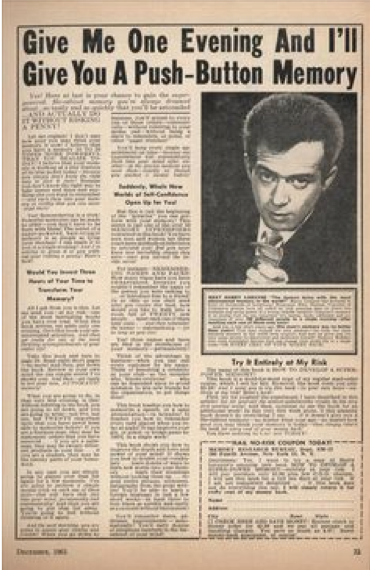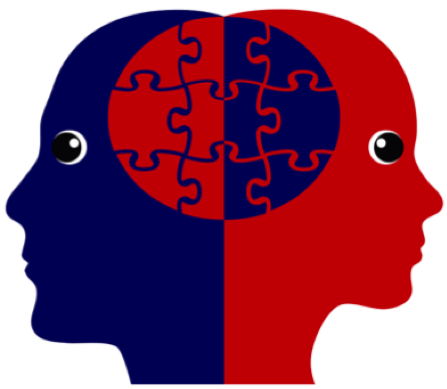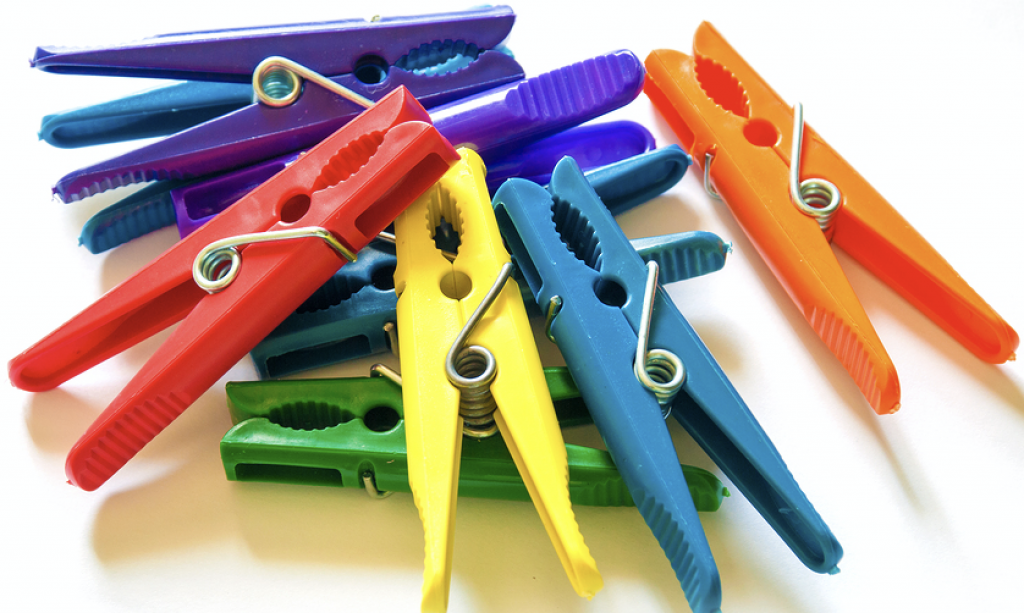The ancient Greek’s worshipped the Goddess MNEMOSYNE as the wellspring of creative intelligence.
 She lay with Father ZEUS for nine consecutive nights, and soon gave birth to nine daughters – the creative Muses.
She lay with Father ZEUS for nine consecutive nights, and soon gave birth to nine daughters – the creative Muses.
Like all myths, this one is a metaphor.
MNEMOSYNE represents the faculty of memory, and her nine daughters the expression of the creative imagination: eloquence, epic, poetry, joy and pleasure, tragedy, hymn, music and dance, comedy, astronomy and astrology.
The Greeks had a very practical reason for worshiping MNEMOSYNE.
Throughout history it can be seen that the possession of an excellent memory is a prerequisite to positions of power and influence.
Worship consisted of the development and practice of highly efficient systems for the enhancement of memory.
Later, in Rome, privileged senators learned these secret techniques and used them in rhetoric to intimidate other politicians and impress the public with their seemingly phenomenal powers of intelligence and learning.
Aided by the remembrance of thousands of facts and statistics relating to the empire, their persuasive powers were no match for mere mortals. And they became the rulers of their time.
I’m telling you this because you can use these same secret techniques to increase the quantity and quality of your creative output as a marketer.
Your effectiveness as a copywriter is a function of the creative muses smiling down on you at your computer. And their basis is memory. The more disciplined your memory, the more formidable your skill as a copywriter.
There are no new ideas; you see … only new combinations of old ideas.
And when you have excellent recall of the selling vocabulary, turns of speech, persuasive structures, selling stories etc. you’ve been exposed to, then you’re free to combine them in new ways to meet the current sales challenge.
Memory equals persuasive ability. Make sense?
Memory Is A Trick, And I’ll Teach It to You In An Evening …
 The above headline was written by the immortal copywriter Gene Schwartz, revered by many as perhaps the most prolific and successful copywriter to have ever lived.
The above headline was written by the immortal copywriter Gene Schwartz, revered by many as perhaps the most prolific and successful copywriter to have ever lived.
I believe Schwartz trained his mind with the very same forgotten memory techniques the ancient Greeks and Romans developed. And used them to wipe the floor with other copywriters.
Furthermore, I believe these secrets were so integral to his competitive advantage that he never made mention of them in Breakthrough Advertising, instead selling them in disguise for millions to general market consumers, most of whom would never use them.
Other headlines read:
How to Build A Memory In 4 Short Weeks – So Powerful It Is Beyond Your Wildest Dreams Today!
I’LL MAKE YOU A MENTAL WIZARD AS EASILY AS THIS –
Yes! Here at last is your chance to gain the THINKING-MACHINE MIND you’ve always dreamed about … so quickly and easily you will be astounded … and without risking a penny!
LET THIS MACHINE WORK ON YOUR MIND FOR ONE EVENING … And I guarantee your friends will gasp in astonishment at the feats of “Mental Magic” you will be able to perform the very next morning.
NOW! TURN YOUR MIND INTO A MENTAL MAGNET that automatically draws friends, power, love, and money far beyond your fondest dreams into your life OVERNIGHT!
And what do you suppose was inside these information products? Well I don’t know for sure, since I only have the copy, not the products, but I’m willing to bet they contain the same techniques used by the ancient Greeks. There are even clues in Gene’s copy.
In one of the ads he writes …
“Call in your family or friends. Ask them to make a list of any TWELVE names, facts, or objects they wish, as fast as they wish. Have them write down the list so they don’t forget it. But as they give you each fact, YOU are going to perform a simple mental trick on that fact that will burn it into your mind, IN PERFECT ORDER, for as long as you wish.
And then – INSTANTLY AND AUTOMATICALLY – you are going to repeat that list, in perfect order, backwards and forwards, exactly as if you were reading that list in your friend’s hand. And you are going to have one of the most exciting moments of your life, as you watch the expression on those people’s faces as you reel off those facts as if they were flashing on a screen on the inside of your memory!”
What would it mean to your ability to write more quickly and persuasively if you had the capacity that Gene just described? What if you could mentally burn selling phrases and ideas into your brain that quickly and easily?
I believe that what Gene is referring to here is the peg memory system, devised some 2500 years ago in ancient Greece (and probably much earlier in Eastern cultures).
Would you like to master it right now?
A simple exercise that forces you to think with your whole brain, making you smarter and infinitely more creative …
Here’s a list of 12 words to commit to memory in their order of appearance right now. Give yourself just two minutes to memorize the list. When the two minutes are up, write the items down on a piece of paper in their proper order. Ready, set, go!
- Symphony
- Prayer
- Watermelon
- Volcano
- Motorcycle
- Sunshine
- Apple Pie
- Blossoms
- Spaceship
- Field of wheat
- Glitter
- Heater
 If you’re like most people, you’ll find this little exercise quite difficult. But remembering a short list like this is not difficult at all – when you know how.
If you’re like most people, you’ll find this little exercise quite difficult. But remembering a short list like this is not difficult at all – when you know how.
Here is the trick.
Remember the persuasion techniques we talked about in many of these articles – anchored words … metaphor and analogy … future pacing … storytelling?
They all rely on associative triggers. The words in your copy activate the reader’s memory and imagination. The resulting mental imagery evokes emotion. And the emotion inspires ACTION. This is because the mind thinks in relative terms.
Well the same principle applies to recall. The reason most people have trouble remembering a list of more than 3 or 4 things in sequence, is because they are focusing on those things in isolation, instead of associating them with other things that are already indelibly stamped in memory.
The Peg memory system uses mental imagery to tie the unfamiliar to the familiar. It gives you a logical framework that allows you to instantly trigger those images in your mind at will. When the images flash on to the screen of your memory, the thing you’re trying to remember magically comes along with it.
First you take ordinary numbers (the indelibly stamped element) and create what are known as Key Memory Images. To deal with the numbers 1 to 10, you can use shapes, creating Key Memory Images that remind you of the shape of the numbers. Here are some examples.
- Paintbrush, pen, pencil, pen, penis, straw, candle, flag on a flagpole.
- Swan, duck, goose.
- Breasts, behind, double chin, mouse ears.
- Sailboat, yacht, chair.
- Hook, unicycle.
- Cherry, duck in a wheelchair.
- Cliff, X-Acto knife blade.
- Hourglass, headless snowman.
- Tennis racket, balloon on a string, sperm, tadpole.
- Bat and ball, Laurel and Hardy.
Simply memorize the number/shape association that resonates most strongly with you for each number from 1 to 10. You will find this child’s play.

When you’re done, you have 10 “pegs” on which to hang the first ten items you want to quickly commit to memory. To hang each item on its respective peg, you use your imagination to create a mental image that combines the two.
So to remember the first item listed above, “symphony”, you might visualize yourself at the “symphony”. The conductor is directing the orchestra through a rousing rendition of your favorite piece of classical music. He is using a huge “paintbrush” as his baton. Many of the people in the audience are pointing at him, laughing hysterically while he flails his paintbrush back and forth passionately to the music while purple paint splashes all over the musicians.
To remember the second item “prayer”, you could visualize a calm lake with a beautiful pink “swan” floating slowly in the water from left to right. On the bank, and reflected in the water, is a Tibetan monk sporting a saffron colored robe sitting cross legged in “prayer”. The word AUM is vibrating loudly, and the smell of incense fills your nostrils.
And so on through the list.
The key is to involve several senses in each scene and to use movement, absurdity, exaggeration, color, even humor and sexuality to create images that stick easily in your memory.
When it comes time to recall the list, you simply think of your Key Mental Image for each number. As you do, the corresponding scene will flash into your mind’s eye, and you will instantly remember the associated item.
The beauty of this memory system is you will not only remember the items, you will remember them in sequence, and be able to recite them forwards, backwards, and in any order, just like Gene’s ad says.
I know, you’re probably wondering about the 11th and 12th items – 12 items, only 10 pegs. No worries. Just create a second set of pegs corresponding to the numbers 1 to 10, but this time instead of shapes, you use rhymes.
For the number 11, you use a Key Mental Image that rhymes with the number 1. For the number 12, use a Key Mental Image that rhymes with the number 2, and so on. For the number 11, you could use the image of a nun. Nun rhymes with one.
 To remember the word “glitter”, the 11th item on the above list, imagine kissing a beautiful young “nun” (come on girls, you too, let your hair down, it’ll make this doubly memorable). As you press your lips to hers, her eyes close, and you’re astonished by the “glitter” of dozens of bright blue luminescent specs affixed to her eyelids.
To remember the word “glitter”, the 11th item on the above list, imagine kissing a beautiful young “nun” (come on girls, you too, let your hair down, it’ll make this doubly memorable). As you press your lips to hers, her eyes close, and you’re astonished by the “glitter” of dozens of bright blue luminescent specs affixed to her eyelids.
There are memory tricks for memorizing telephone numbers, schedules and appointments, important dates in history, names and faces, birthdays and anniversaries, vocabulary and language, speeches and sales presentations, jokes, stories, articles, even whole books.
Many of them are incredibly useful for rapidly enhancing your ability to write copy. If you’re interested in finding out more, check out Tony Buzan’s excellent book, Use Your Perfect Memory.
How to turn your mind into a mental magnet that makes instant recall of hundreds of powerful selling ideas easier than you ever dreamed possible …
These techniques do more for you than enhance recall of potentially useful ideas, vocabulary, stories and structures that you can incorporate into your copy. Using them habitually actually makes you more creative. They literally force you to think with both sides of your brain.
You probably already know that one of the best ways to internalize the copy styles and structures of the great copywriters is to write out their promotions by hand. What you’re doing is programming your memory, so that as you write your own copy, the phrasing and structures you imprinted bubble up to the surface.
How much more powerful is this concept when you have the ability to see a great headline … read a powerfully persuasive piece of copy … learn a particularly effective influence strategy, etc. – and immediately burn it into your memory for future use with these techniques?
I give you a 5-step strategy for doing just that in my Steal These Secrets Swipe-File, where we work extensively with killer control copy written by Clayton Makepeace. It can’t help but make you a better copywriter.
Until next time, Good Selling!
Leave a Reply